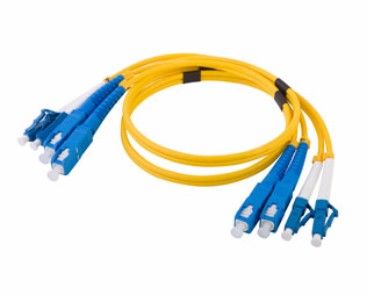Fiber optic cable assemblies involve an optical fiber, a strengthening strand for support, and fiber optic connectors. While copper wires depend on electrical pulses to transmit data, fiber optic systems rely on light pulse transmissions carried through the cable, and these cables delivers data at a faster pace.
What you need to consider before purchasing fiber optic cable assemblies? Prior of making investment in a fiber optic cable assembly, manufacturers usually consider quite a few aspects that includes the intended use of the fiber optics system, the amount of data you require to be transmitted, analyzing the potential growth of the organization in coming years, and most importantly the existing fiber optic cable assemblies use in the present time. Understanding the need and offering that suits best such as a small network requires only short distance communication and affordable multimode-fibers will be beneficial for them. Single-mode fibers are suitable for communication over long distances, where there is risk of distortion.
Fiber optic ceramic ferrule is the most vital component of Fiber Connectors and Fiber Patch cord. It is made up of various materials, like plastics, stainless steel, and ceramic (zirconia). Most of the ferrules used in optical connectors are made of ceramic (Zirconia) material as it has most of the required properties. The ceramic (zirconia) ferrule size for ST, FC and SC fiber connectors is φ2.5mm, while for the MU and LC fiber connector versions is φ1.25 mm. It incorporates low insertion loss which is required for optical transmission, amazing strength, small elasticity coefficient, easy control of product characteristics, and strong resistance to extreme environmental conditions.
Fiber optic cable assemblies involve an optical fiber, a strengthening strand for support, and fiber optic connectors. While copper wires








